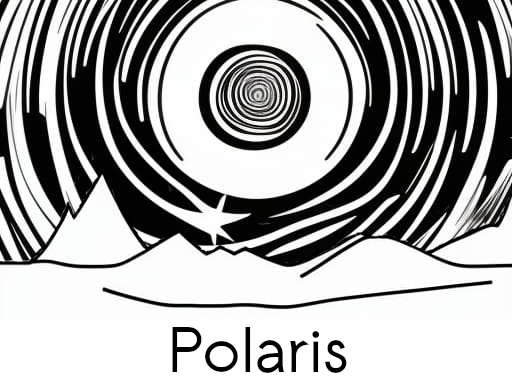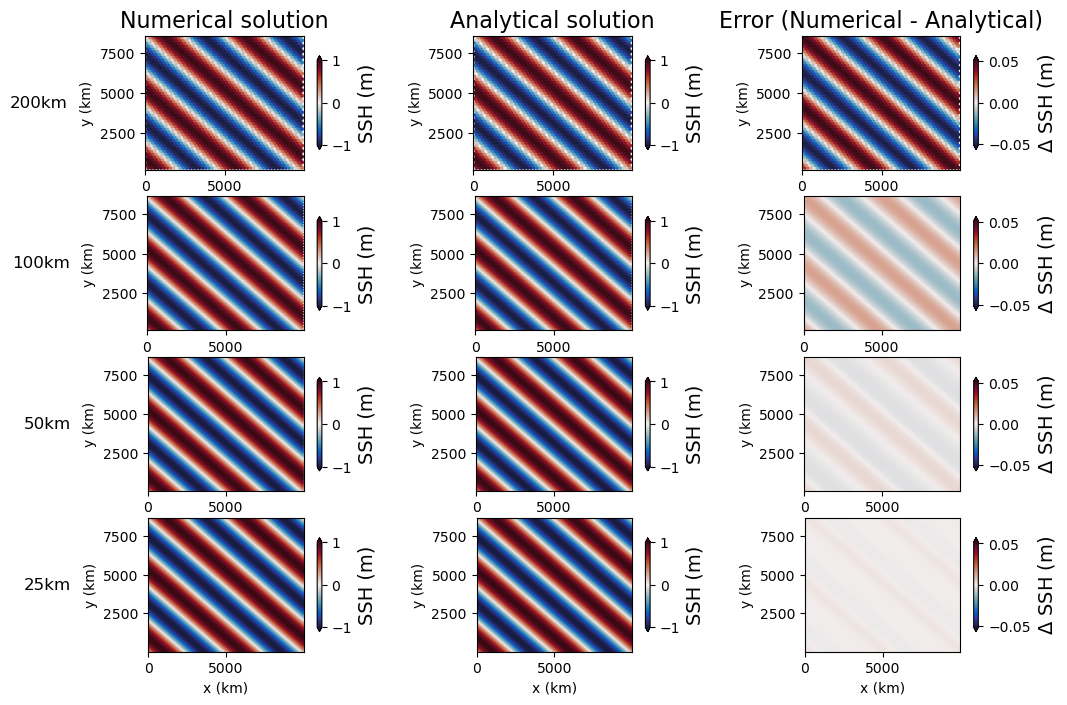Polaris – the Successor to Compass and MPAS-Analysis
Polaris is a Python package that provides an automated system to set up test cases or analysis tasks for two E3SM components, MPAS-Ocean and MPAS-Seaice, with plans to support two additional components, OMEGA and MALI, in the near future. The development of Polaris is kept closely synchronized with the development of these components, so that test cases are compatible with the latest changes in each. Currently, all Polaris test cases are idealized, using analytic functions to determine topography and boundary and initial conditions. These tests are used for things like convergence or regression analysis on particular parts of the component codes. Soon, more complex (“realistic”) test cases and workflows involving observational data sets will be added.
Polaris is designed as the successor of the Compass package, which provides a testing infrastructure for MPAS-Ocean and MALI and E3SM initial conditions for MPAS-Ocean, MPAS-Seaice and MALI. Polaris improves on Compass by supporting components that do not use the Model for Prediction Across Scales (MPAS) framework, notably the OMEGA ocean component, a GPU-capable successor to MPAS-Ocean currently under development. Soon, Polaris will also offer task parallelism, allowing many test cases to run simultaneously in a single job. In the coming months, we will port from Compass to Polaris the workflows for generating ocean, land-ice and sea-ice meshes, initial conditions, forcing data sets, and analysis support files for E3SM. Another reason for the move from Compass to Polaris was that there was confusion with the unrelated Compass project that also uses E3SM.
Polaris is also intended to be the successor of the MPAS-Analysis package used to make automated plots from MPAS-Ocean and MPAS-Seaice output from E3SM simulations. This will allow analysis and plotting tools to be used seamlessly as part of component tests. It will also avoid redundant development of the task parallelism capability needed for both testing and analysis. Finally, it will more seamlessly enable automated analysis of MALI and OMEGA output in addition to MPAS-Ocean and -Seaice.
References
Contact
- Xylar Asay-Davis and Carolyn Begeman, Los Alamos National Laboratory
This article is a part of the E3SM “Floating Points” Newsletter, to read the full Newsletter check:




